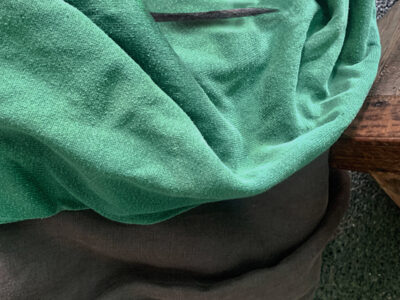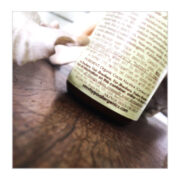“My work-out buddy! Great way to fight against post work-out #sweat #acne @vmvhypoallergenics id #monolaurin gel
#vmv #vmvhypoallergenics #sweatacne #antibacterial #antifungal #antiacne #hypoallergenic #pimples #health #wellness #skin #skincare #pilates #absworkout” via @annaanastacio
You want to work out, not break out.
There are many types of acne…
…and knowing which acne you have can make a huge difference in how you treat it.
Acne can be comedonal (almost always externally caused), cystic (large, inflamed, almost always internally caused)…or fungal (tiny bumps that appear en masse, almost like a rash).
While you may have other types of acne, too (ask a dermatologist for a more accurate diagnosis), sweat acne can be a fungal condition called pityrosporum folliculitis.
Our skins normally have a happy balance between different types of naturally-occurring micro-organisms. Pityrosporum likes to feed on sweat (we know, lovely)…so when sweat is on overdrive, this fungus can go a little nuts and clog pores. Unsurprisingly, pityrosporum folliculitis tends to appear sweaty areas like the back, butt, backs of the arms, and thighs.
Because it’s fungal, typical anti-acne antibiotics won’t work. Normal anti-fungals used to clear it can also be ineffective if the sweatiness isn’t controlled. For more sustained clarity, try an anti-fungal treatment that also helps control sweat, such as Id Monolaurin Gel.
To learn more about some of the different types of acne, check out: Acne: What To Know



